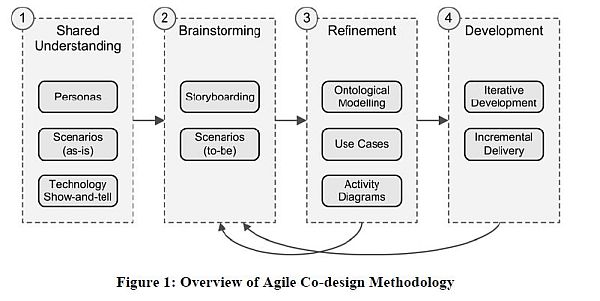 Interviews to find out what stakeholders feel about Synote, as it is at the moment, are well underway. Initially we were going to record all the sessions, but as these seem to be extending to around 2 hours at times, I have been using Microsoft OneNote and a scoring system for each web page encountered of 1-6 as to how easy it is to use. I would like to ask everyone to send me a short audio file that sums up the main comments made during the interview so I can add them to Synote for future comparisons.
Interviews to find out what stakeholders feel about Synote, as it is at the moment, are well underway. Initially we were going to record all the sessions, but as these seem to be extending to around 2 hours at times, I have been using Microsoft OneNote and a scoring system for each web page encountered of 1-6 as to how easy it is to use. I would like to ask everyone to send me a short audio file that sums up the main comments made during the interview so I can add them to Synote for future comparisons.
In the meantime we have also introduced the System Usability Scale as a ‘quick and dirty’ way of scoring feelings about Synote. I have set up an iSurvey questionnaire so everyone can use the online version if I have not asked you to fill in a paper based version.
I would like to take this opportunity for thanking those who have already taken part in early interviews and look forward to the remaining few. I will be back to constantly update all aspects of the development of Synote as a research tool so we can story board the next stage.


